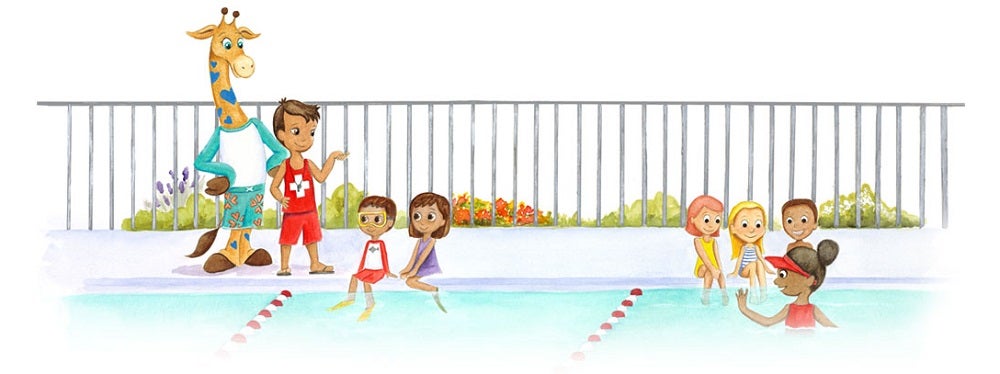ABCs for H20 Safety: Tips to Beating the Hazards!
May 16, 2022
The hot Valley summer is approaching and the most common way to beat the heat is with family-friendly water activities. While entertaining your little ones with H2O-related fun, remember your ABCs for safety.
A is for Active Adult Supervision
All children must be given an adult’s undivided attention and those younger than five-years-old should be within arm’s reach when playing in water. Consider these best practices when you or someone you know is on “water-watching” duty:
- Children can drown in as little as one inch of water so remain attentive even with minimally demanding water activities such as a slip and slide or kiddie pool.
- When several adults are present, one should be designated as the “water watcher” for a specified period of time and then switched out to prevent any lapses in supervision.
- Children can lose consciousness in as little as 20 seconds underwater, so be watchful of all activities, including dive-and-find games and breath-holding competitions.
B is for Barriers
Fences, gates or locked doors should surround bodies of water at all times. Fencing should be at least four feet tall, self-enclosing and have a self-latching gate to prevent young ones from wandering into the pool area unsupervised. We recommend inspecting gates and fencing often to ensure that they are effective so that children cannot go over, through or under to access unsecure area.
C is for Classes
CPR classes for adults and swim lessons for children will prepare everyone for water safety. Find first aid training opportunities in your area through the American Red Cross before you are knee-deep in summer fun. Until then, consider the following safety tips:
- Plan ahead when visiting public areas and take swimming designations seriously. Hazards may not be visible in uneven surfaces, currents or undertow, but they can be dangerous.
- Don’t rely on swimming aids such as water wings or noodles. Invest in U.S. Coast Guard-approved personal flotation devices.
- Inflatable pools do not have filters and should be emptied after each use to ensure cleanliness and safety.
- Make sure drains in pools are properly covered and have a safety vacuum release system.
To avoid water-related injuries and have a safe and fun summer, remember your ABCs! If you encounter an emergency, call 9-1-1. Do not hesitate to contact your pediatrician with any health concerns regarding you little ones.
by Mary-Jo Quintero RN, Water Safety Coordinator, Valley Children’s Healthcare
Mark Your Calendars!
Join us for the 5th Annual Kids Safety Day on Saturday, May 21 from 10 a.m. - 2 p.m. at the Millerton Lake State Recreation Area. Talk with safety experts about drowning prevention and see the patrol boats, helicopters, fire engines and more that are used to keep our lakes and waterways safe.